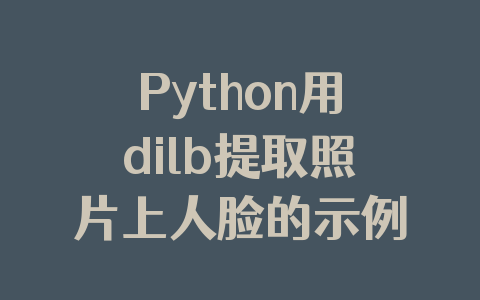上一篇文章 介绍 join 在多进程中的作用,本文继续学习设置守护进程的对程序的影响。(Python大牛可以绕行)
我们通过两个例子说明
# encoding: utf-8 \"\"\" author: yangyi@youzan.com time: 2019/7/30 11:20 AM func: \"\"\" from multiprocessing import Process import os import time def now(): return str(time.strftime(\'%Y-%m-%d %H:%M:%S\', time.localtime())) def func_1(name): print(now() + \' Run child process %s ,pid is %s...\' % (name, os.getpid())) time.sleep(2) print(now() + \' Stop child process %s ,pid is %s...\' % (name, os.getpid())) def func_2(name): print(now() + \' Run child process %s , pid is %s...\' % (name, os.getpid())) time.sleep(4) print(now() + \' hello world!\') print(now() + \' Stop child process %s , pid is %s...\' % (name, os.getpid())) if __name__ == \'__main__\': print (\'Parent process %s.\' % os.getpid()) p1 = Process(target=func_1, args=(\'func_1\',)) p2 = Process(target=func_2, args=(\'func_2\',)) print now() + \' Process start.\' p1.daemon = True #设置子进程p1为守护线程 p1.start() p2.start() print now() + \' Process end .\'
结果显示

启动了子进程 Run child process func_1 但是没有 func_1 的结束提示。随着主进程的结束而结束。
if __name__ == \'__main__\': print (\'Parent process %s.\' % os.getpid()) p1 = Process(target=func_1, args=(\'func_1\',)) p2 = Process(target=func_2, args=(\'func_2\',)) print now() + \' Process start.\' p2.daemon = True #设置子进程p2为守护线程 p1.start() p2.start() print now() + \' Process end .\'
结果显示

启动了子进程func_1,而func_2 没有启动便随着主进程的结束而结束。
总结
对于进程或者子线程设置join() 意味着在子进程或者子线程结束运行之前,当前程序必须等待。当我们在程序中运行一个主进程(主线程),然后有创建多个子线程。主线程和子线程各自执行。当主线程想要退出程序时会检查子线程是否结束。如果我们设置deamon属性为True ,不管子线程是否结束,都会和主线程一起结束。
-The End-
以上就是python 如何设置守护进程的详细内容,更多关于python 守护进程的资料请关注自学编程网其它相关文章!













